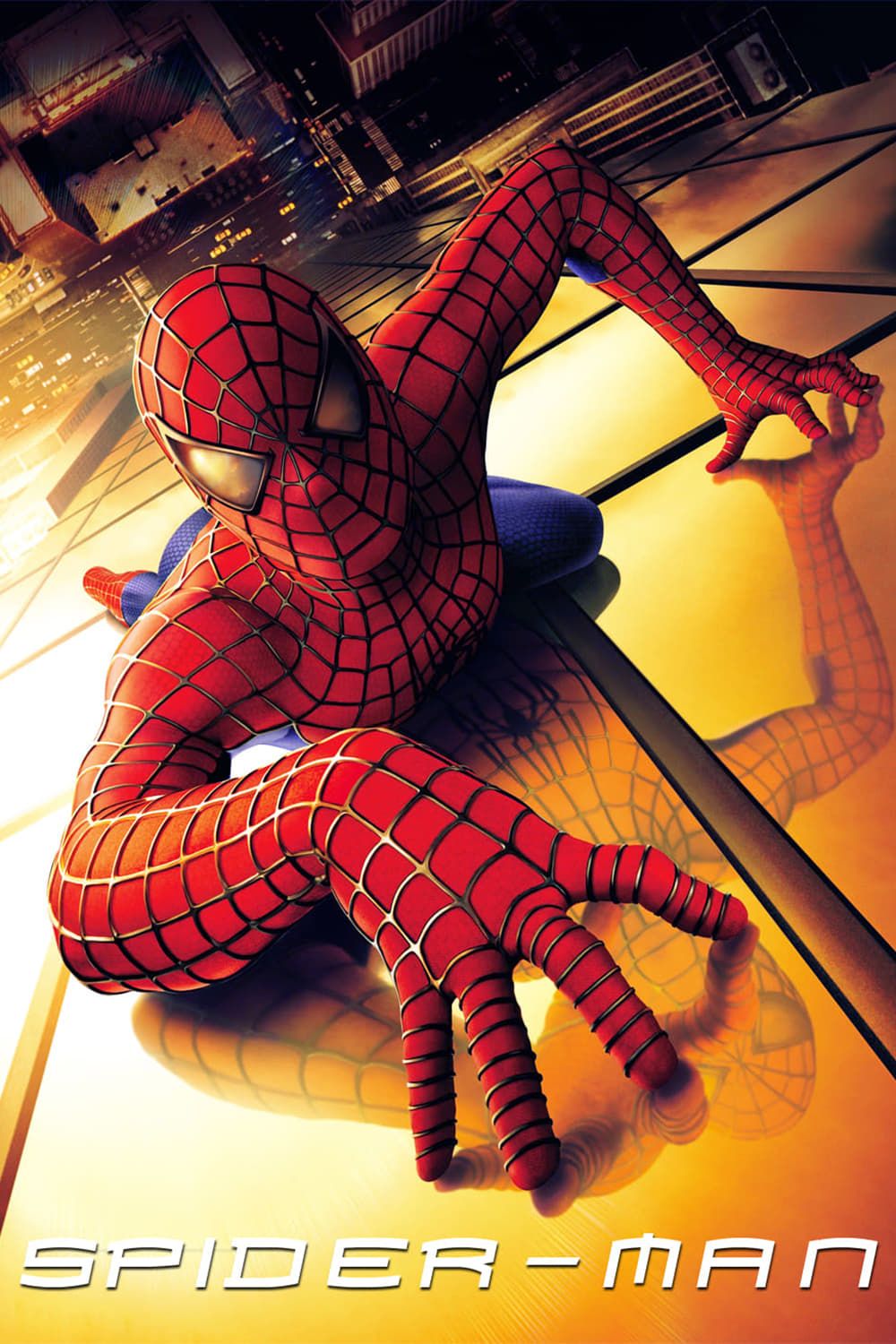Summary
- Spider-Man movies honor classic comics by recreating iconic panels, weaving them into the narrative seamlessly.
- Three eras of Peter Parker have graced the screen, with each actor bringing their unique take on the iconic hero.
- From tense dinner scenes to iconic confrontations, Spider-Man movies pay homage to comic book moments with precision.
The Spider-Man movies have routinely taken inspiration from the original comics, even perfectly recreating some of Marvel’s classic Spider-Man panels. The Spider-Man movies have depicted numerous classic plots from the comics, often combining different events to craft an overall narrative. Through this, the live-action Spider-Man movies have paid homage to several classic Spider-Man comics, recreating famed moments perfectly.
The Spider-Man movies have existed across three distinct eras, each led by different actors in the role of Peter Parker. Tobey Maguire was the original cinematic Spider-Man and appeared in Sam Raimi’s Spider-Man trilogy, which attempted to foster a realistic tone in the comic book adaptation. However, despite this, Raimi’s movies were much more reminiscent of the source material, routinely drawing from Spider-Man comics. Subsequent Spider-Man generations, Andrew Garfield and Tom Holland, made fewer direct references to Marvel Comics, but still proffered some notable examples of cinematic homage.
Related
Every Marvel Cinematic Universe Movie Ranked Worst To Best
Over 15 years and 33 movies, the Marvel Cinematic Universe movies have redefined blockbuster cinema. But how do all the films stack up?
10 Dinner With Norman Osborne
Spider-Man (2002)
The Thanksgiving dinner scene in Spider-Man (2002) recreated a memorable panel from 1968’s The Spectacular Spider-Man. In both instances, Peter Parker faced a tense dinner with Norman Osborn. While the movie and comic don’t share precisely the same setup, they visually and thematically mirror each other, capturing a moment fraught with suspense and subtext. In the Spider-Man scene, Peter Parker joined Willem Dafoe’s Norman Osborn for a Thanksgiving meal, accompanied by Aunt May, Harry, and Mary Jane.
The meal was excruciatingly tense as Norman began to suspect Peter’s secret superhero identity. Peter Parker attended a similar dinner party in The Spectacular Spider-Man. Throughout which, Peter Parker anxiously tried to ascertain whether Norman Osborne had discovered his alterego. Both scenes masterfully depicted Peter’s cautious demeanor and Norman’s piercing suspicion, creating a gripping tableau of dual identities and concealed truths.
Spider-Man (2002)
Spider-Man is the first film in Sam Raimi’s trilogy starring Tobey Maguire as Peter Parker. Released in 2002, the film introduced superhero fans to a live-action Norman Osborn, played by Willem Dafoe, who is transformed into his villainous alter ego, Green Goblin, after being forced out of Oscorp Industries. At the same time, Peter Parker is grappling with his newfound abilities as the iconic wall-crawler.
- Release Date
- May 3, 2002
- Runtime
- 121 Minutes
9 Green Goblin Throws Spider-Man’s Love Off Brooklyn Bridge
Spider-Man (2002)
In Spider-Man (2002), the Green Goblin’s act of throwing Mary Jane off the Queensboro Bridge is a direct reference to the iconic “The Death of Gwen Stacy” storyline from The Amazing Spider-Man #121-122. In the original comic, the Green Goblin kidnaps Gwen Stacy to lure Spider-Man to a tower on a New York City bridge. Goblin throws Stacy from the bridge, leading to her tragic death despite Spider-Man’s desperate efforts to save her.
Spider-Man mirrored this pivotal moment, capturing the same intense emotional stakes as Goblin offers Spider-Man a “sadistic choice,” dropping both MJ and a tram car full of children. In a key difference, Spider-Man managed to save Mary Jane just in time, averting the tragedy that defined the comic’s storyline. This scene paid tribute to a significant event in Spider-Man’s history but also reimagined it, focusing on Spider-Man’s heroism while nodding to the darker, more tragic elements of his story.
8 Spider-Man Is Dragged Behind Green Goblin’s Glider
Spider-Man (2002)
Moments after rescuing Mary Jane from Green Goblin, the villain captured Spider-Man using a set of bolas. Ensnaring Spider-Man, Green Goblin dragged Spider-Man behind his glider and carried him across the New York City skyline to the location for their final fight. This sequence vividly recalled the iconic cover of The Amazing Spider-Man #39, where Spider-Man is depicted unmasked and helpless, trailing behind the Green Goblin’s glider.
In The Amazing Spider-Man #39, this event occurred moments after the Green Goblin learned of Spider-Man’s alterego. This allowed Goblin to surprise and capture the hero, where he quickly paraded Spider-Man unmasked to his lair. As such, by incorporating this reference, Spider-Man (2002) primed audiences for the final confrontation between the adversaries. In both instances, this was a precursor to both characters revealing their identity to each other in a dramatic conclucison.
7 Green Goblin Is Impaled By His Glider
Spider-Man (2002)
The climactic scene in Spider-Man (2002) where the Green Goblin attempted to impale Spider-Man with his glider, only to meet his own demise, was a faithful recreation of the villain’s original death in The Amazing Spider-Man #122. In both the film and the comic, the Green Goblin orchestrated a final, deadly attack on Spider-Man and activated his glider to strike from behind. However, Spider-Man’s spider-sense and agility saved him, and he leaped out of the way just in time.
As a result, the Green Goblin’s glider slammed into the villain, fatally impaling him. This scene compellingly depicted the comic’s original conclusion, capturing the tragic irony of the Green Goblin’s death by his own hand. It underscored the theme of self-destruction that often accompanies the villain’s arc, providing a poignant and powerful end to their conflict, while also remaining true to the source material.
6 Spider-Man No More
Spider-Man 2 (2004)
Peter Parker’s decision to quit being Spider-Man in Spider-Man 2 was a powerful moment directly referencing The Amazing Spider-Man #50. In the movie, Peter, overwhelmed by the burdens of his dual identity, decided to abandon his superhero persona, declaring, “I am Spider-Man no more.” This iconic scene came from a famous comic panel in the story “Spider-Man No More,” where Spider-Man, feeling similarly defeated, left his costume in a trash can in an alleyway.
Spider-Man 2 captured the emotional weight of Peter’s struggle, his internal conflict, and the heavy toll of his responsibilities. The visual of Peter walking away from his discarded costume, symbolizing his attempt to return to a normal life, resonated deeply with audiences familiar with the original storyline. Both instances highlighted the enduring tension between Peter Parker’s personal desires and his obligation to be a hero. This moment would later be referenced in Spider-Man: No Way Home, when Norman Osborne attempts to shake the Green Goblin persona.
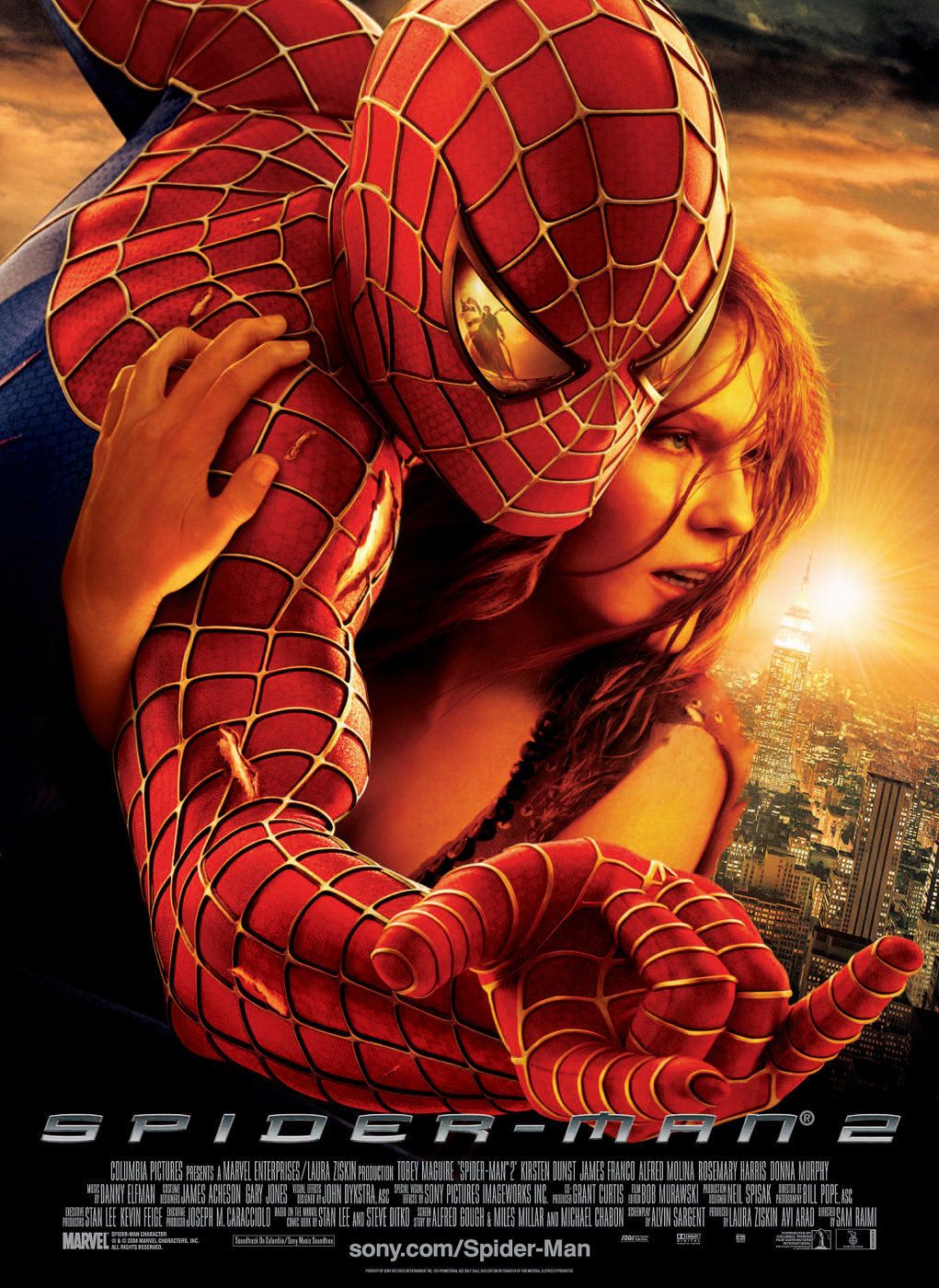
Spider-Man 2
After defeating the Green Goblin, Tobey Maguire’s Spider-Man struggles with self-doubt in both his superhero career and his personal life. But when Alfred Molina’s Doctor Octopus threatens Peter Parker’s loved ones, the web-crawler must stay true to his heroic purpose and don the mask once again in this second installment of Sam Raimi’s Spider-Man trilogy.
- Release Date
- June 30, 2004
- Runtime
- 127 minutes
5 Spider-Man Tries To Punch Sandman
Spider-Man 3 (2007)
Spider-Man’s first battle with Sandman in Spider-Man 3 paid tribute to Sandman’s first comic book appearance in The Amazing Spider-Man #4. During this intense initial confrontation, Spider-Man punched through Sandman’s sandy form, attempting to stop him from robbing an armored truck. Sandman, however, solidified his body, trapping Spider-Man’s hand. Fittingly, this was taken completely from a panel in Sandman’s debut, which was also recreated on the issue’s cover.
In both the movie and the comic, the unique nature of Sandman’s powers was showcased as Spider-Man’s attacks seemingly do not affect his malleable, shifting body. The visual of Spider-Man’s fist passing harmlessly through Sandman’s sandy torso emphasized the challenge of fighting such a formidable and unconventional foe. By recreating this iconic comic moment, Spider-Man 3 honored the source material, offering savvy viewers a thrilling, striking nod to the character’s origins while maintaining the film’s high-stakes action.
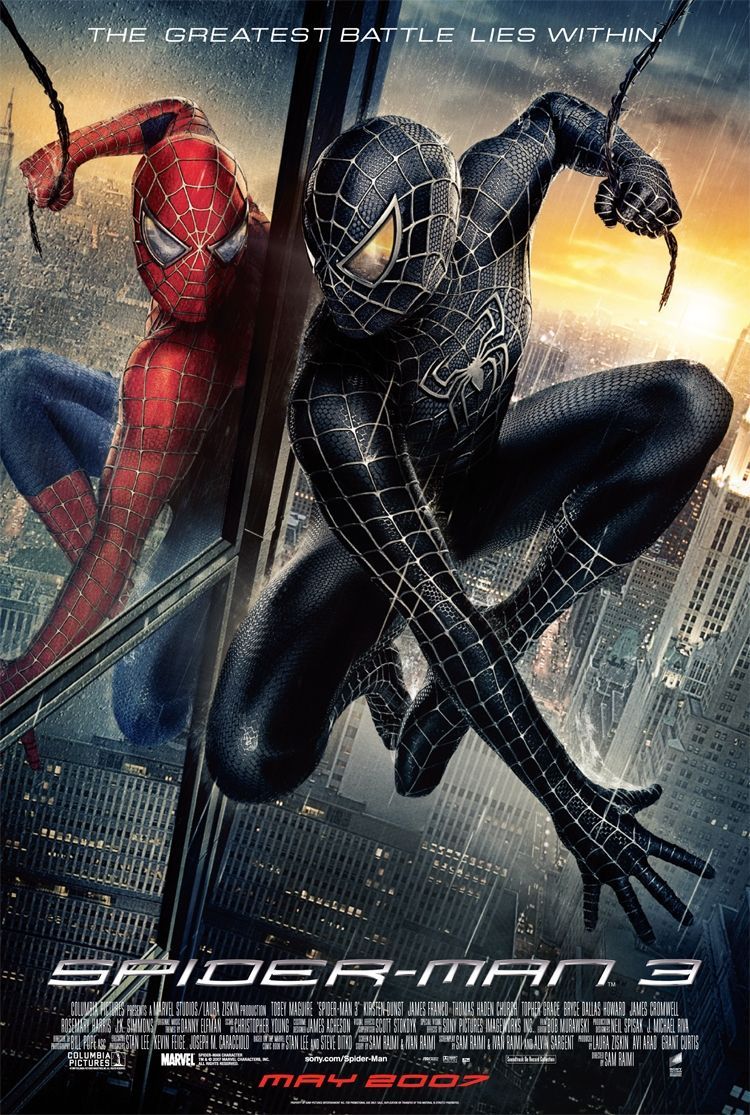
Spider-Man 3
The third film in Sam Raimi’s Spider-Man trilogy, Spider-Man 3 sees the Marvel hero face some of his most iconic enemies. Peter Parker’s life is turned upside down by the arrival of an alien symbiote, even as his former friend Harry Osborn prepares to assume the mantle of the Green Goblin and his uncle’s killer gains superpowers after escaping from prison. Starring Tobey Maguire as Spider-Man alongside Kirsten Dunst, James Franco, Topher Grace, and Thomas Haden Church.
- Release Date
- May 4, 2007
- Runtime
- 139 minutes
4 Spider-Man Wrestles The Symbiote Suit In A Bell Tower
Spider-Man 3 (2007)
The scene where Peter Parker used church bells to rid himself of the Symbiote suit in Spider-Man 3 was an homage to Web of Spider-Man #1. In the movie, Peter climbed to the top of a church tower, where the tolling bells generated powerful sonic vibrations. The Symbiote suit, vulnerable to the noise, began to detach painfully from Peter, who ripped the suit from his body.
Peter Parker underwent the same ordeal in Web of Spider-Man #1, using the echoing church bells to drive the Symbiote from him. While comparably grueling, Spider-Man 3 made the ordeal seem much more painful than the comic book counterpart. The scene also accentuated the original’s gothic setting, producing one of the few effective sequences in Spider-Man 3. It created a visually striking and emotionally charged moment that arguably rivaled the beloved original.
3 The Death Of Gwen Stacy
The Amazing Spider-Man 2 (2014)
The adaptation of Gwen Stacy’s death in The Amazing Spider-Man 2 closely adapted the tragic elements of the storyline from The Amazing Spider-Man #122 that were not incorporated in Spider-Man (2002). In this film, Gwen fell inside a church tower where Spider-Man desperately attempted to save her by shooting a web to catch her. This adaptation faithfully captured the ambiguity surrounding Gwen’s death, a critical aspect of the original story.
In both versions, it’s unclear whether Gwen died from the impact with the ground, the sudden snap as Spider-Man’s web catches her, or the sheer shock of the fall. This uncertainty added to the tragedy, emphasizing Spider-Man’s agonizing sense of failure and loss. The visual and emotional parallels between the film and the comic deepen the impact of this iconic moment, drawing similarities even as Spider-Man cradled Gwen’s dead body.
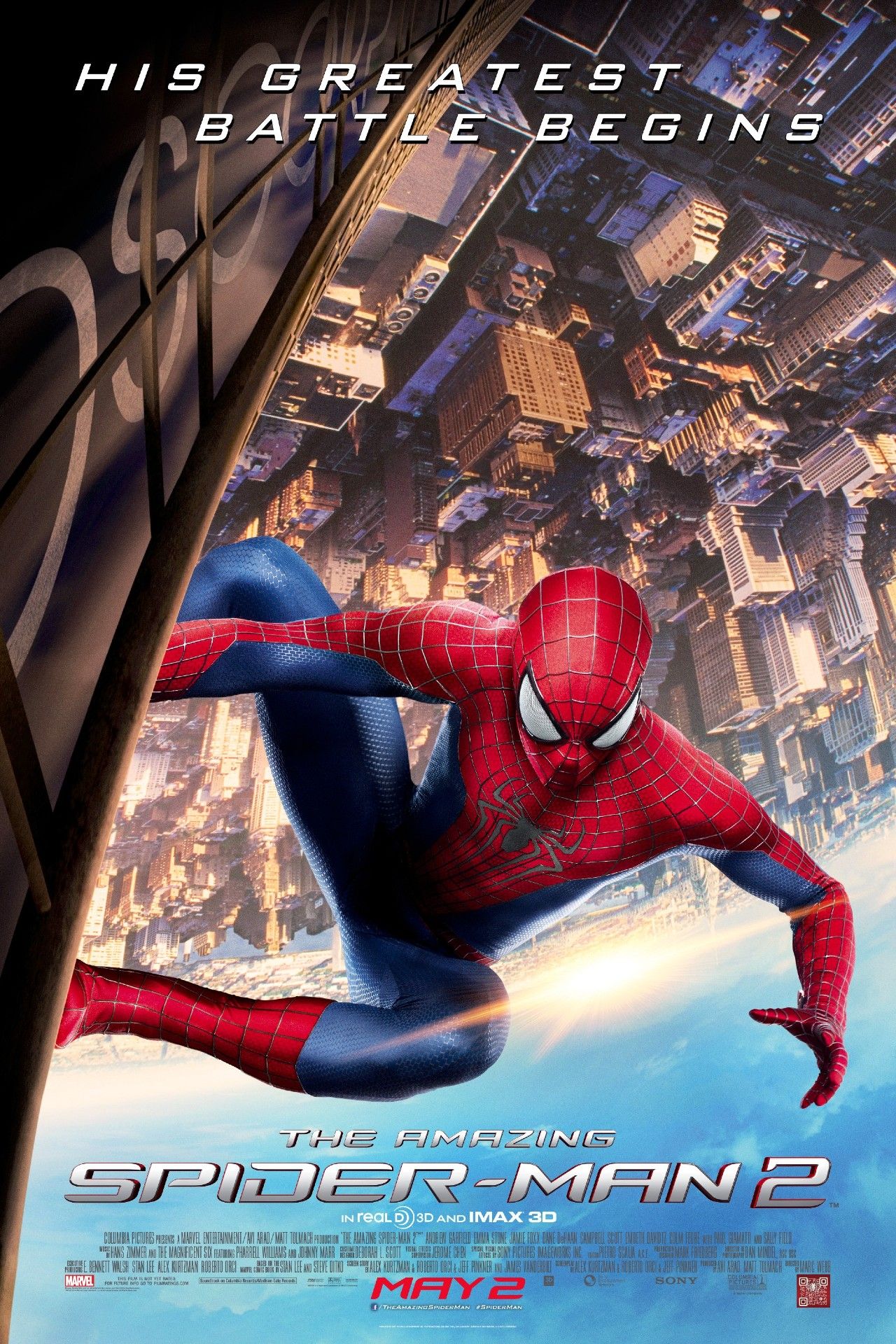
The Amazing Spider-Man 2
In The Amazing Spider-Man 2, Andrew Garfield returns to the role of Peter Parker/Spider-Man, dealing with balancing his life as a high school student and his responsibilities as a hero. After reconnecting with his old friend, Harry Osborn, Peter learns details regarding his late father’s mysterious past and begins to connect the dots that his father’s disappearance, the emergence of new supervillains, and other dark dealings in his city are all connected to Oscorp.
- Director
- Marc Webb
- Release Date
- May 2, 2014
- Runtime
- 142 minutes
2 Spider-Man Trapped Under Rubble
Spider-Man: Homecoming (2017)
In Spider-Man: Homecoming, the scene where Spider-Man was trapped under rubble after confronting the Vulture was a direct reference to The Amazing Spider-Man #33. In this comic, Spider-Man was similarly trapped beneath heavy debris after a battle with Doctor Octopus. Both scenes serve as pivotal moments for the hero, marking a renewed inner strength and resilience.
In the comic, Spider-Man used the dire situation to confront his grief over Uncle Ben’s death and to muster the strength to save Aunt May. This moment was crucial as it symbolized a revitalized sense of responsibility and determination in Peter Parker. In Spider-Man: Homecoming, this scene served a similar purpose. After Iron Man took back the updated Spider-Man suit, Peter Parker was trapped and desperate. Yet he channeled his inner strength, he was able to free himself, proving that his heroism didn’t stem from his suit but from his character.
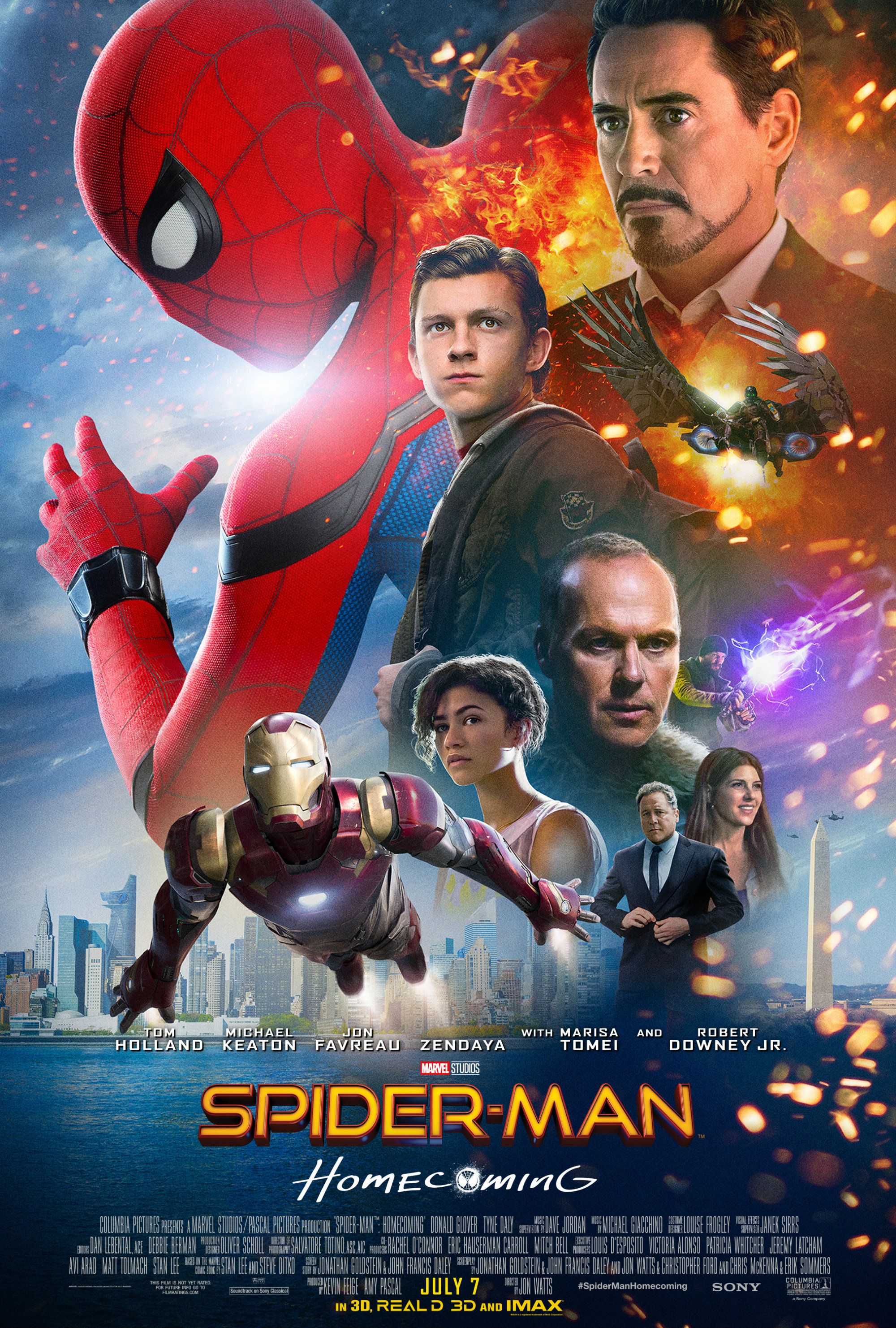
Spider-Man: Homecoming
After making his MCU debut in Captain America: Civil War, Tom Holland is back as Peter Parker for a new Spider-Man solo film. This time, Peter battles with Adrian Toomes, who takes on the moniker Vulture after profiting off of selling Chitari technology and weapons. Under Tony Stark’s guidance, Peter must prove himself a hero while protecting his city from Vulture and the other criminals in New York. Spider-Man: Homecoming was the first of three films in director Jon Watts’ MCU journey, dubbed the “Homecoming” trilogy.
- Director
- Jon Watts
- Release Date
- July 7, 2017
- Runtime
- 133 minutes
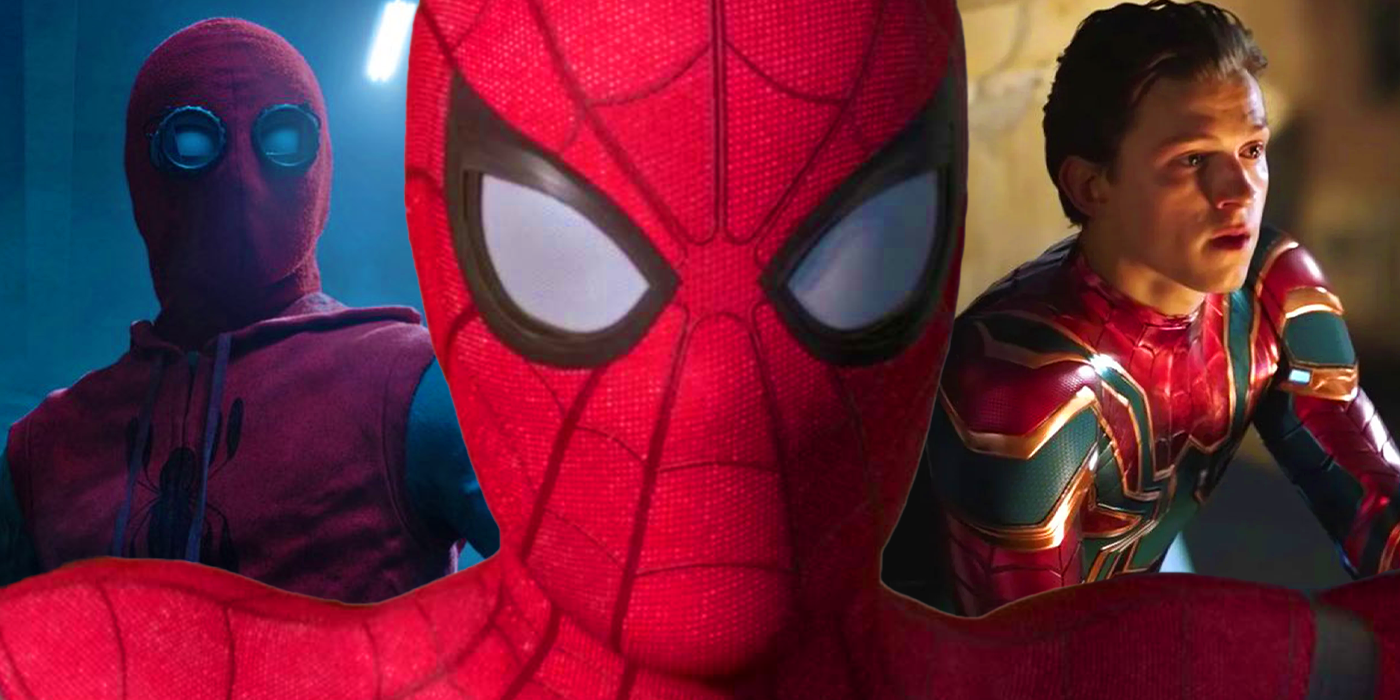
Related
Spider-Man’s Complete MCU Timeline Explained
Tom Holland joined the MCU as Spider-Man in 2016’s Captain America: Civil War, and has since become one of the MCU’s most important superheroes.
1 Thieves Wearing Avengers Masks
Spider-Man: Homecoming (2017)
The memorable ATM robbery in Spider-Man: Homecoming, where the group of criminals wearing masks of the Avengers, was inspired by a similar moment from Ultimate Spider-Man #42. The scene unfolded when Spider-Man confronted a group of foes robbing a nearby bank, wearing masks of Iron Man, Hulk, Thor, and Captain America. In Ultimate Spider-Man, Spider-Man encountered thieves wearing masks of Captain America, Iron Man, and even DC’s Batman, as they attempted to rob a local business.
In Homecoming, Spider-Man quipped about the irony of robbers dressed as Earth’s mightiest heroes while engaging in a fast-paced battle to stop them. Both scenes used the contrast between the criminals’ disguises and their actions to create a blend of humor and tension. In both instances, it reinforces Spider-Man‘s role as the friendly neighborhood hero, balancing everyday crime-fighting with the challenges of teenage life.

